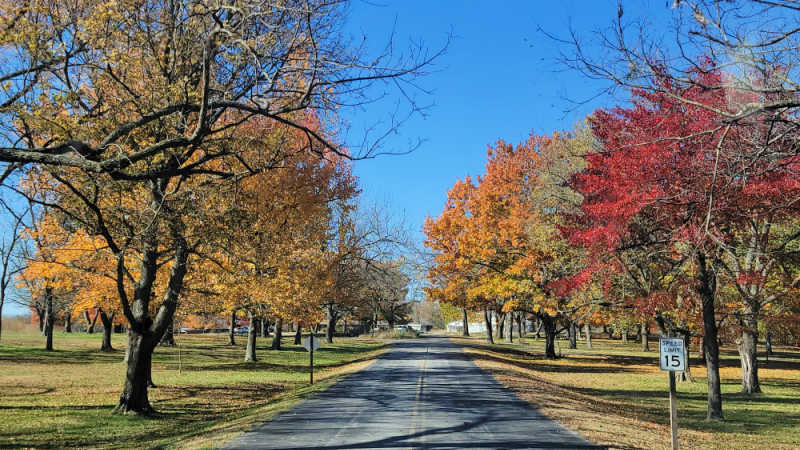Exploring the Legacy of George Washington Carver
The George Washington Carver National Monument, located in southwestern Missouri, is a tribute to one of the most influential African American botanists in U.S. history. This site not only preserves the birthplace of Carver but also honors his contributions to agriculture and scientific innovation. Established in 1943, it was the first unit of the National Park Service dedicated to an African American, marking a significant milestone in the recognition of Black achievements in science and education.
Early Life and Contributions
George Washington Carver was born into slavery during the Civil War, facing numerous challenges in his early life. Despite these obstacles, he pursued education and eventually became a leading figure in agricultural research. His work focused on helping poor southern farmers find alternatives to cotton, which had devastated the region’s soil. Carver is perhaps best known for promoting the versatility of peanuts and their many uses, which helped diversify farming practices and improve the livelihoods of many.
He spent much of his career at Tuskegee Institute, where he conducted groundbreaking research and taught others about sustainable farming methods. His legacy continues to inspire generations of scientists and educators.
Visitor Center: A Hub of Learning
The visitor center serves as the heart of the park, offering a wealth of information about Carver’s life and work. Visitors can explore interpretive panels, educational exhibits, and interactive displays that highlight his contributions to agriculture and science. The center is designed to engage all ages, making it an ideal destination for families and students alike.
One of the highlights is the opportunity to learn more about peanut butter, a product that Carver helped popularize through his research. The center also provides insights into the broader context of agricultural practices during his time.
Park Movie: A Journey Through History
A 26-minute film titled “Struggle and Triumph: The Legacy of George Washington Carver” is available for viewing at the park or before your visit. This documentary offers a comprehensive look at Carver’s life, challenges, and lasting impact on American agriculture. It is a valuable resource for anyone interested in learning more about this remarkable individual.
Junior Ranger Program: Engaging Young Explorers
The junior ranger program is a great way for children to connect with the park’s history. Available at the visitor center, the program includes activity booklets tailored for different age groups. Younger children can enjoy the Plant Doctor booklet, while older kids can explore the Scientist booklet. There is also an adult version of the program, allowing visitors of all ages to participate.
Completing the junior ranger program involves exploring the park’s exhibits and gathering information along the way. It encourages hands-on learning and a deeper appreciation for Carver’s contributions.
Carver Trail: A Self-Guided Adventure
The Carver Trail is a 1-mile self-guided trail that takes visitors through key locations related to Carver’s life. Highlights include the birth site, the Boy Carver Statue, the 1881 Moses Carver House, and the graves of Moses and Susan Carver, who raised George after he was born into slavery.
Guided ranger tours are offered daily at 10 am and 2 pm, providing a more in-depth experience. These tours last approximately an hour and 15 minutes and start at the visitor center, offering a unique perspective on Carver’s story.
Planning Your Visit
The park is open from 9:00 AM to 5:00 PM daily, except on Thanksgiving Day, December 25, and January 1. Admission is free, making it accessible to all visitors. For those planning multiple national park visits, the America the Beautiful/National Park Pass offers a convenient solution, covering entrance fees for an entire year to all U.S. National Park Sites and over 2,000 Federal Recreation Fee Sites.
While there is no camping or lodging within the park, free WiFi is available at the visitor center. For more information, visit the National Park Service website.
Nearby Attractions
For those looking to extend their trip, several national park sites are nearby, including Wilson’s Creek National Battlefield, Pea Ridge National Military Park, and Fort Scott National Historic Site. Other attractions such as the Buffalo National River and Hot Springs National Park offer additional opportunities for exploration.
Visitors can also explore other national parks in Missouri and neighboring states like Illinois, Kansas, Iowa, Kentucky, Tennessee, Arkansas, Oklahoma, and Nebraska. Each site offers unique experiences and insights into the diverse natural and historical landscapes of the United States.



